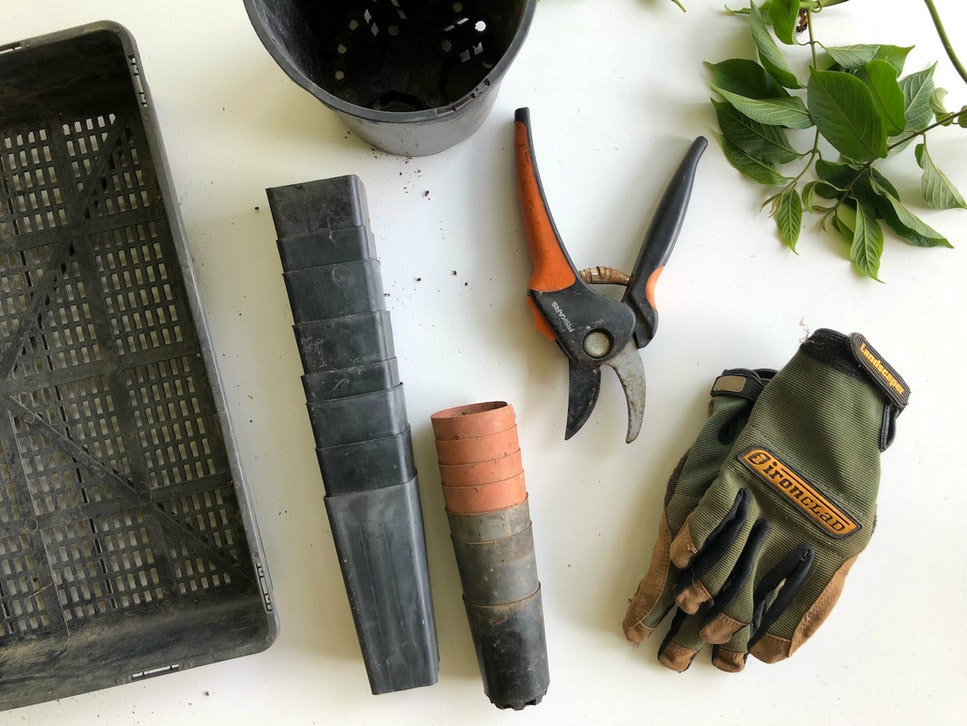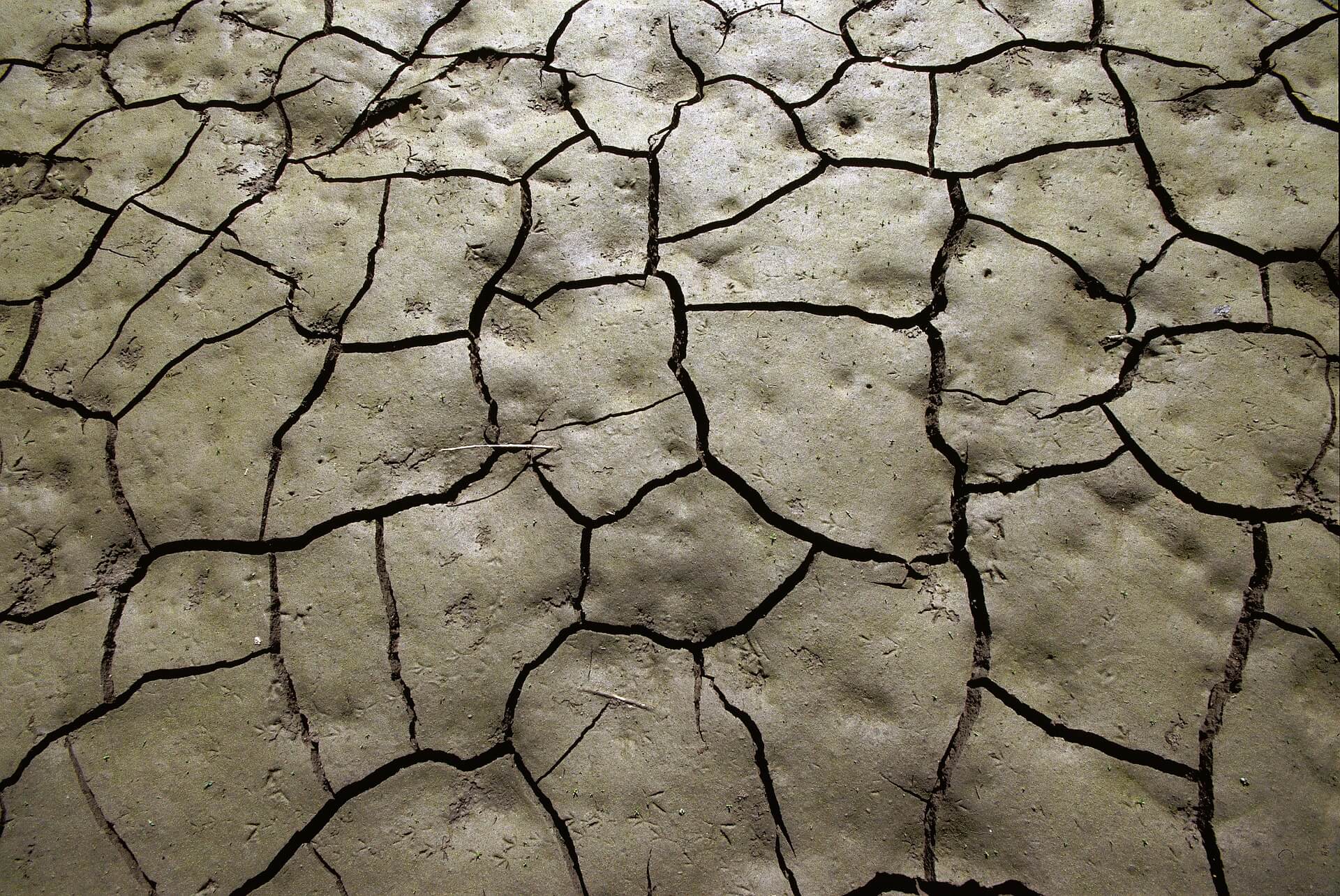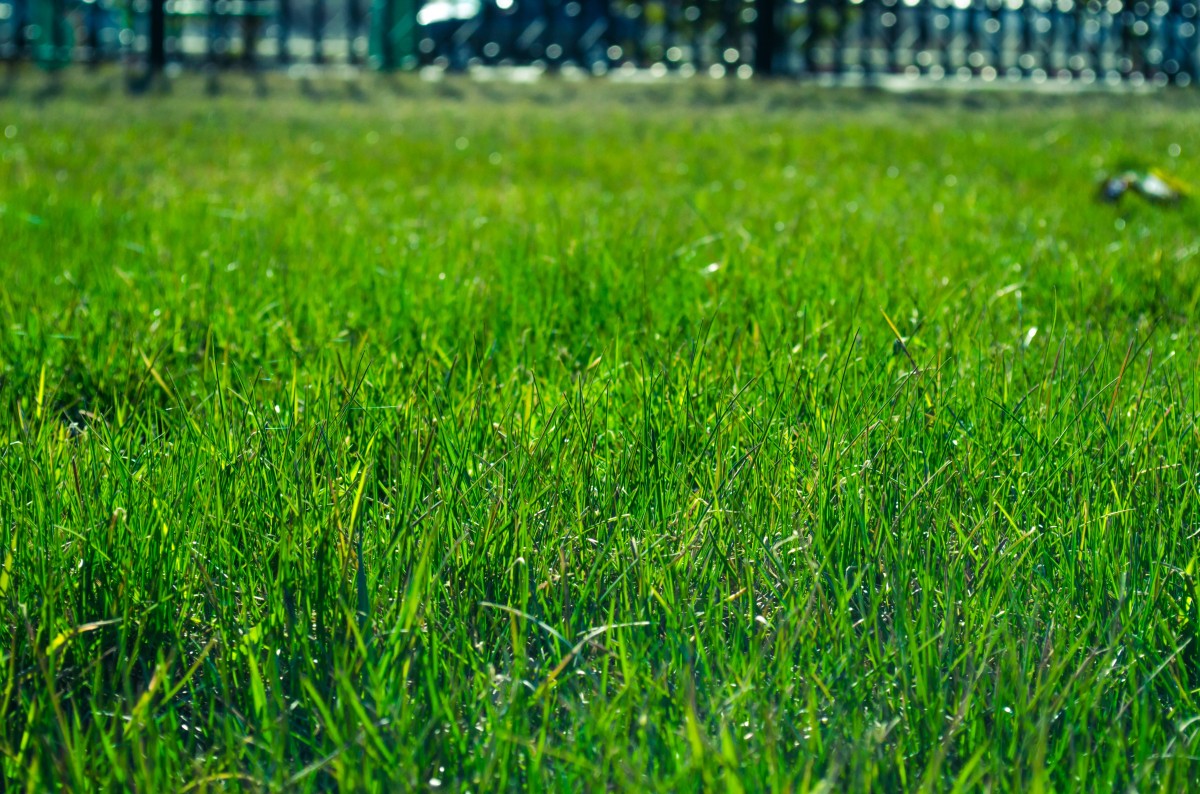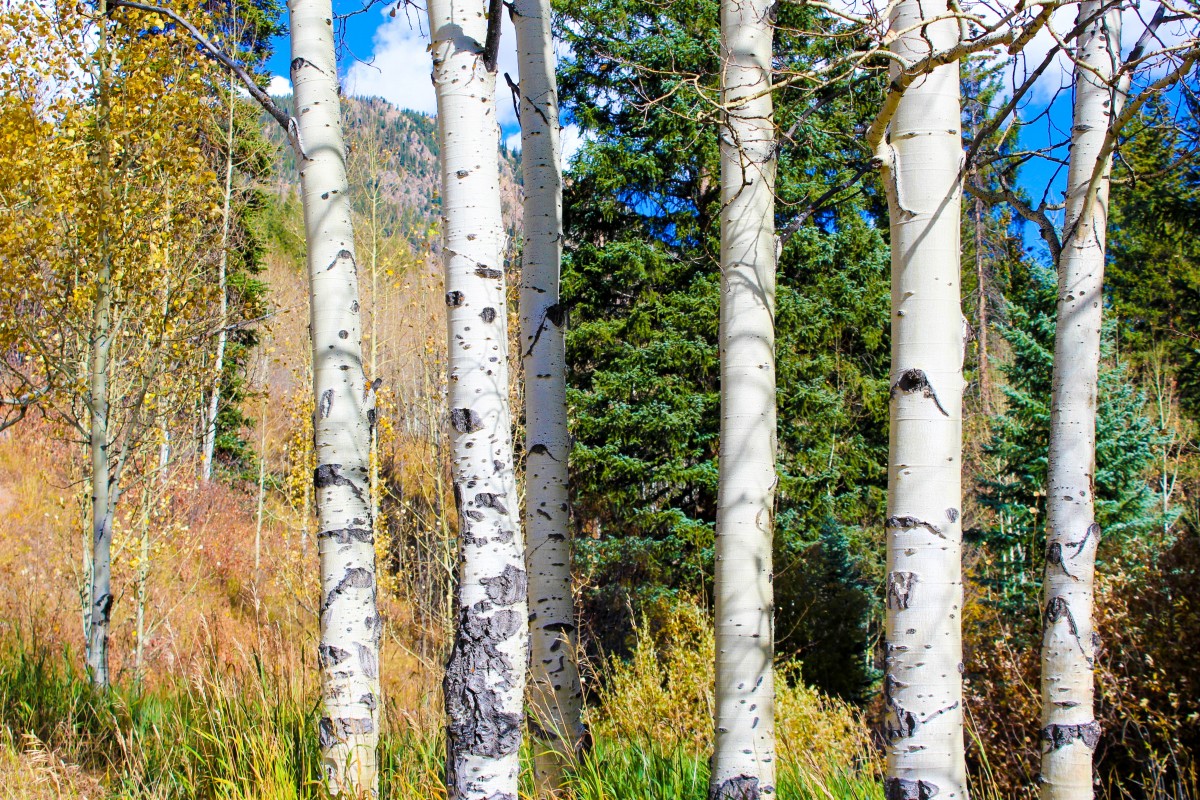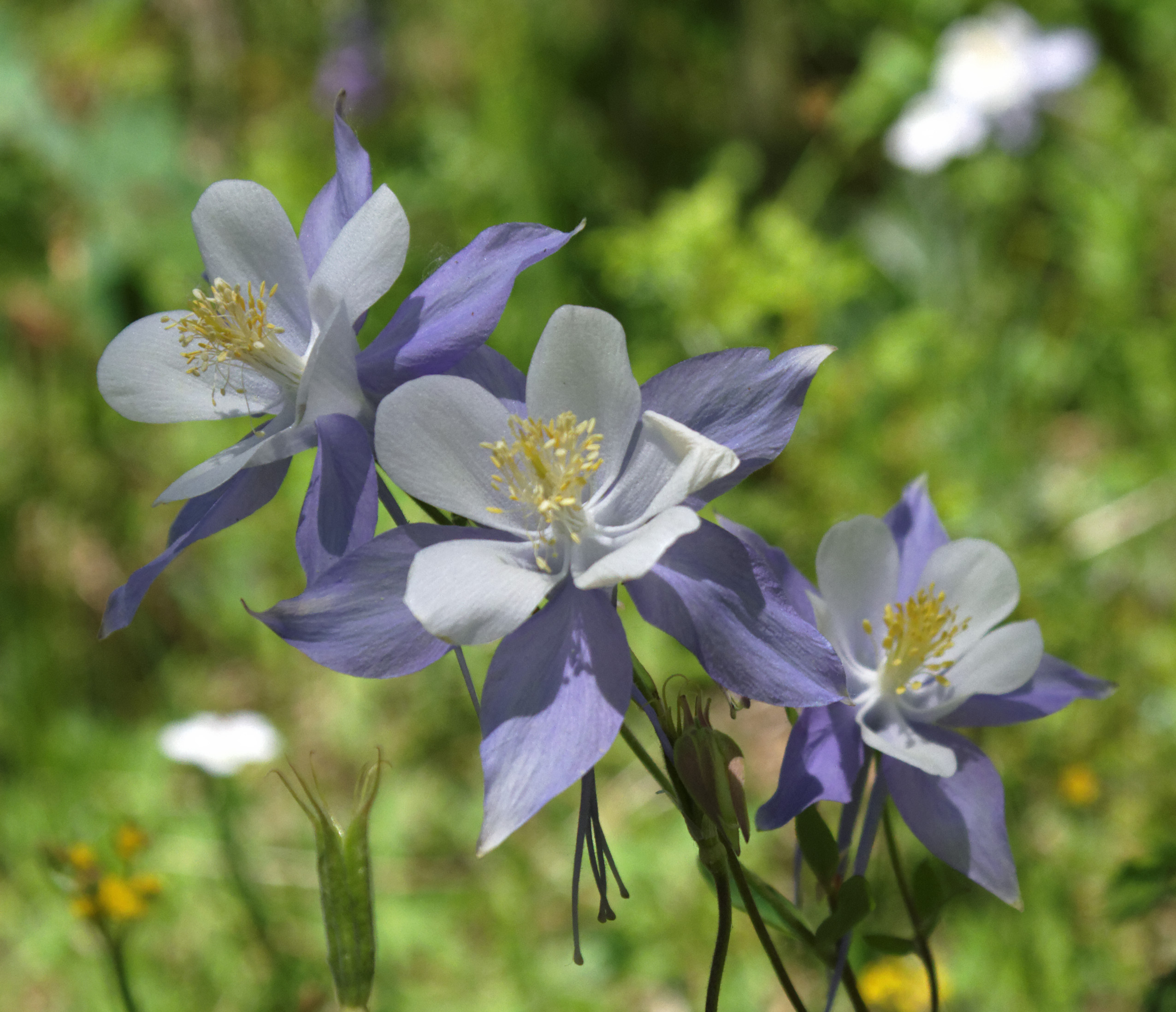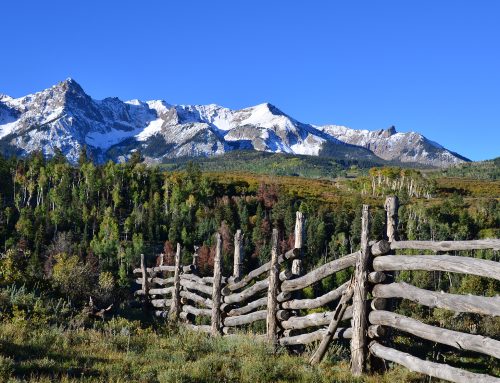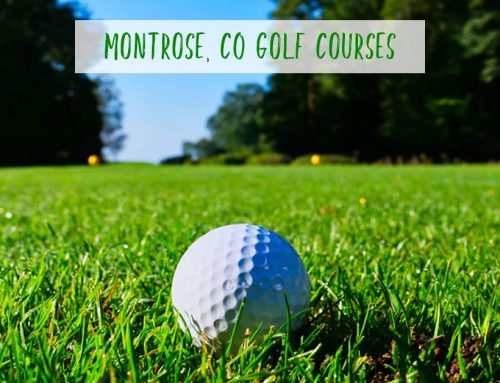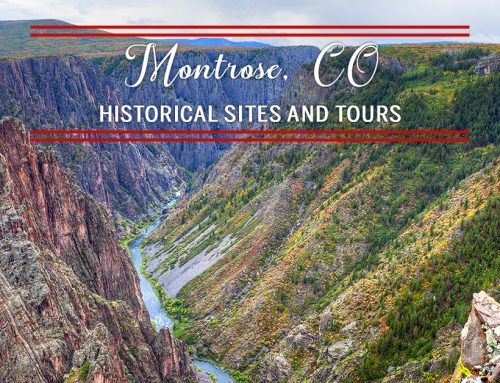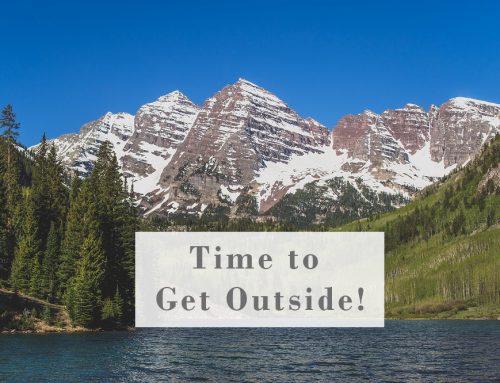Have you experienced trials when landscaping in Colorado? Just bought a new property in the Western Slope and attempting to figure out how to keep your plants alive through the difficulties of high country landscaping? When living in Colorado, not only will you have to find things to do, but you also have to think about lawn maintenance and landscaping ideas. Fear not! Utilize this guide to assist you with deciding which plants to plant in your yard to obtain a low maintenance landscape.
Reasons for landscaping hardships in Western Colorado
There are many reasons why keeping plants alive is difficult on the Western Slope. If you are moving potted plants that’s another story, but starting from seed or sapling poses challenges. Our soil consists primarily of clay, commonly used in gardening soil, but only a portion of said soil is clay. Clay compacts easily and can make it difficult for plant roots to expand. These compacting properties also prevent the dirt from draining excessive nutrients like salt, which can drastically change the pH level of the soil. Speaking of pH, the majority of Colorado soils are alkaline. These soils commonly have a pH level of 7.0 to 7.8 which is a little high for most plants. It is best to rototill the soil to loosen it up and then add other mediums, like manure and topsoil. You can then rototill it again to ensure you have a good nutrient rich soil that drains well and has a lower pH level.
Being that we are in the high country, nature can also provide obstacles that we must overcome to keep our yards looking healthy. Montrose is in zone 6b of the USDA plant hardiness zone map which means temperatures can drop around 0 to -5 degrees F. The area from Grand Junction to Montrose, has at least six different hardiness zones and temperatures can fluctuate significantly. The Western Slope has cold, dry winters that can quickly destroy the root systems of plants in this environment. Considering the mentioned negatives, we must also consider plant type when asking questions like: what grass should I plant, what kind of trees do well, and what flowers are the best to plant in Colorado.
Plant types suitable for Montrose, Colorado
With all of the mentioned issues, choosing which plants are best for Western Colorado can be the deciding factor in if you will be replanting come next spring. Some of the most common plants used in landscaping are flowers, grass, and trees. So to help with your decision-making process, we have compiled a list of common plants that should do very well in our high country climate.
What grass types to plant
Healthy grass is always an eye pleaser…unless your grass is of the dead and brown variety. To aid in your lawn care efforts, choose one or more of the provided grass types below.
- Ryegrass
- Creeping Red Fescue
- Tall Fescue
- Bluegrass
- Bentgrass
- Buffalo Grass
- Fine Fescue
All of these grasses are hardy and do well in Western Colorado, but using combinations of grass types is considered best. Kentucky Bluegrass is a very green and lush grass, commonly used as turf grass in the U.S. It does have issues with patch diseases, so to combat this, add ryegrass into the mix to obtain a hardy lawn. This mixture will take time to sprout but will allow for your lawn to turn green faster after recovering from our harsh Colorado winters. If you would like a typical mixture that does well, use Kentucky Bluegrass, Perennial Ryegrass, and Fine Fescue. This blend will ensure that your lawn has a high tolerance to stress, lighting conditions, and temperatures.
Trees to complement your lawn
A great looking lawn is nice but adding trees can provide many benefits including shade and complementary beauty. The following list points out some trees that do very well in Colorado.
- American Arborvitae
- Colorado Blue Spruce
- Norway Spruce
- Eastern White Pine
- Bar Harbor Juniper
- Quaking Aspen
Your local tree nursery will have an inventory of trees that are suitable for your area. Keep in mind that deciduous trees, like aspen, have leaves that drop off during fall. They do provide a lovely change of colors through the seasons but will require you to rake up fallen leaves in the fall months. Coniferous trees, like the blue spruce, bear seeds; this means that you will have saplings growing in random areas that you will need to remove occasionally.
Mountain Flowers
Flowers are the final piece that can tie together the visual aspects of your landscaping project. There are many types of flowers that you can utilize in your yard, but here are some of the most recommended flowers for the Western Slope.
Rocky Mountain Columbine – The Columbine is the state flower of Colorado. This deer-resistant flower grows well in full or partial sun. It should be placed in well-drained soil to allow its root receive the needed oxygen.
Blazing Stars – This perennial flower is excellent because of its low maintenance. It is also drought tolerant and attracts birds and butterflies. Place these flowers in full sun for the best results.
Purple Coneflower – This flower blooms in the summer and fall but does require a nutrient-rich soil. It does well in both full and partial sun.
Russian Sage – The Russian sage is another flower that needs full sun and well-drained soil, but it is very aromatic compared to the others on this list. It can reach up to 4 feet tall and wide which, when placed in the corner of your yard, makes an excellent addition.
Poppy Mallow – The poppy mallow is another flower that requires full sun and blooms in the early summer but can have its blooming prolonged. To do this, remove the old flowers on the plant before they set seed.
Now that you have a good idea of plants that do well in Colorado, you can now focus on what you can do during the winter months or search for new properties to start the process of landscaping in your new property!

